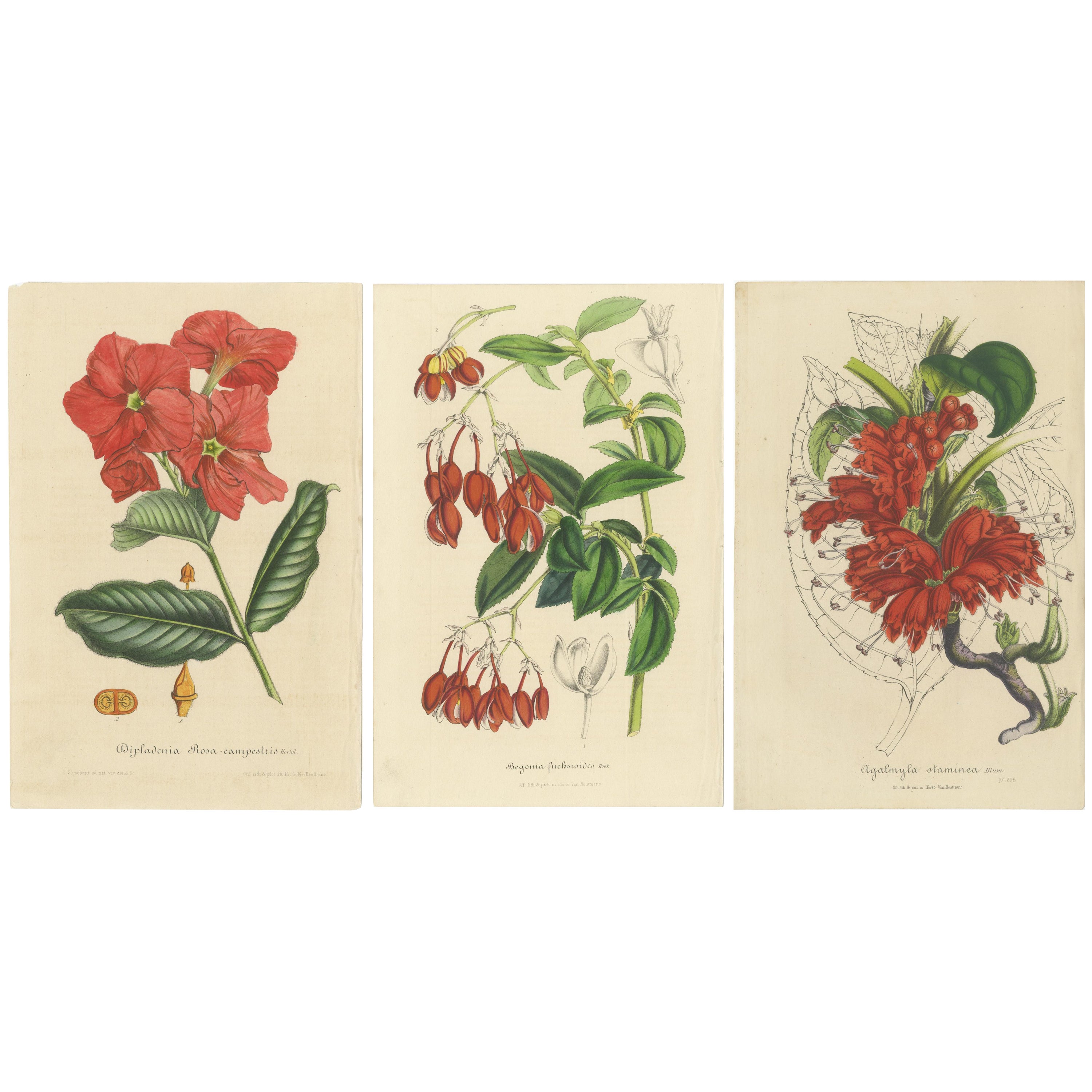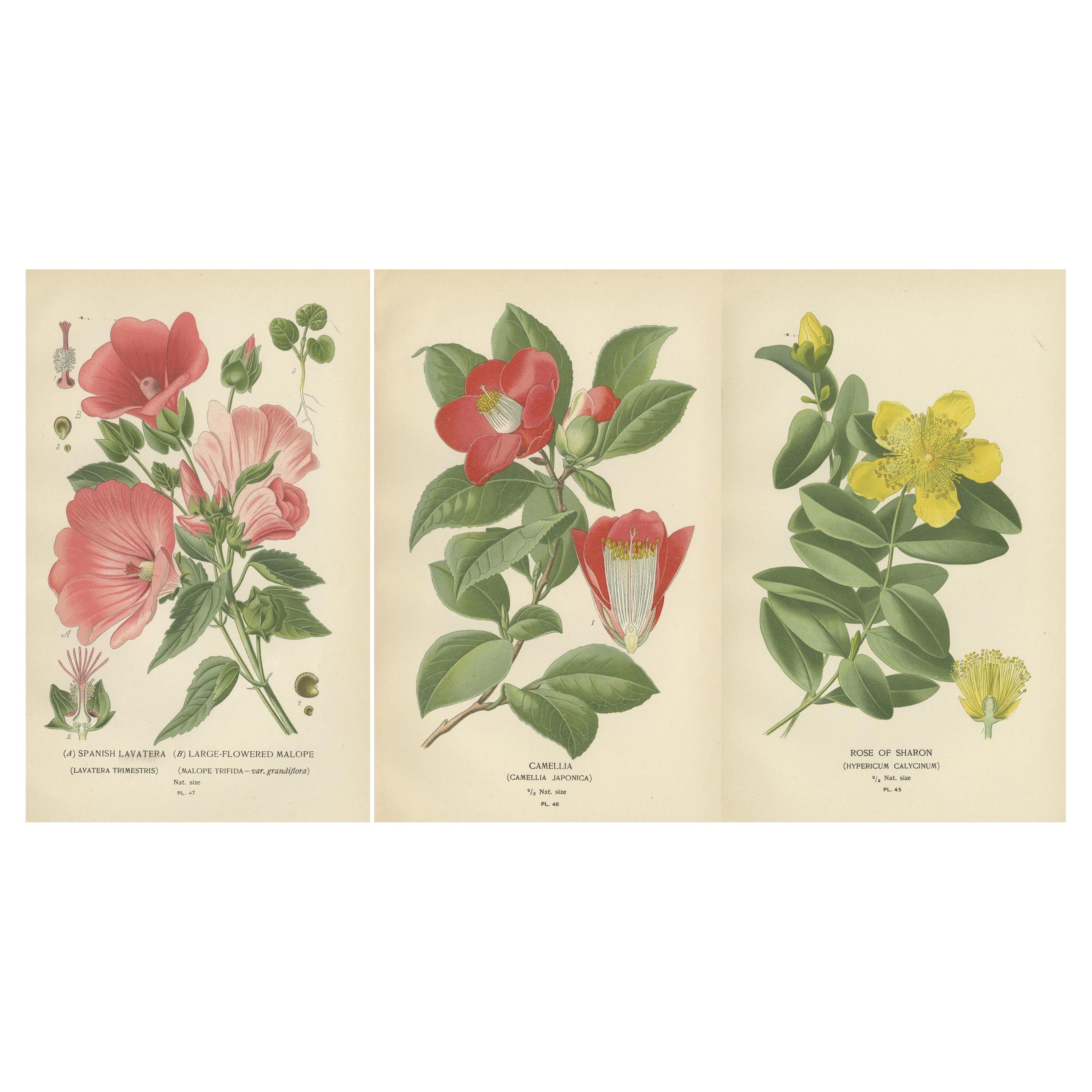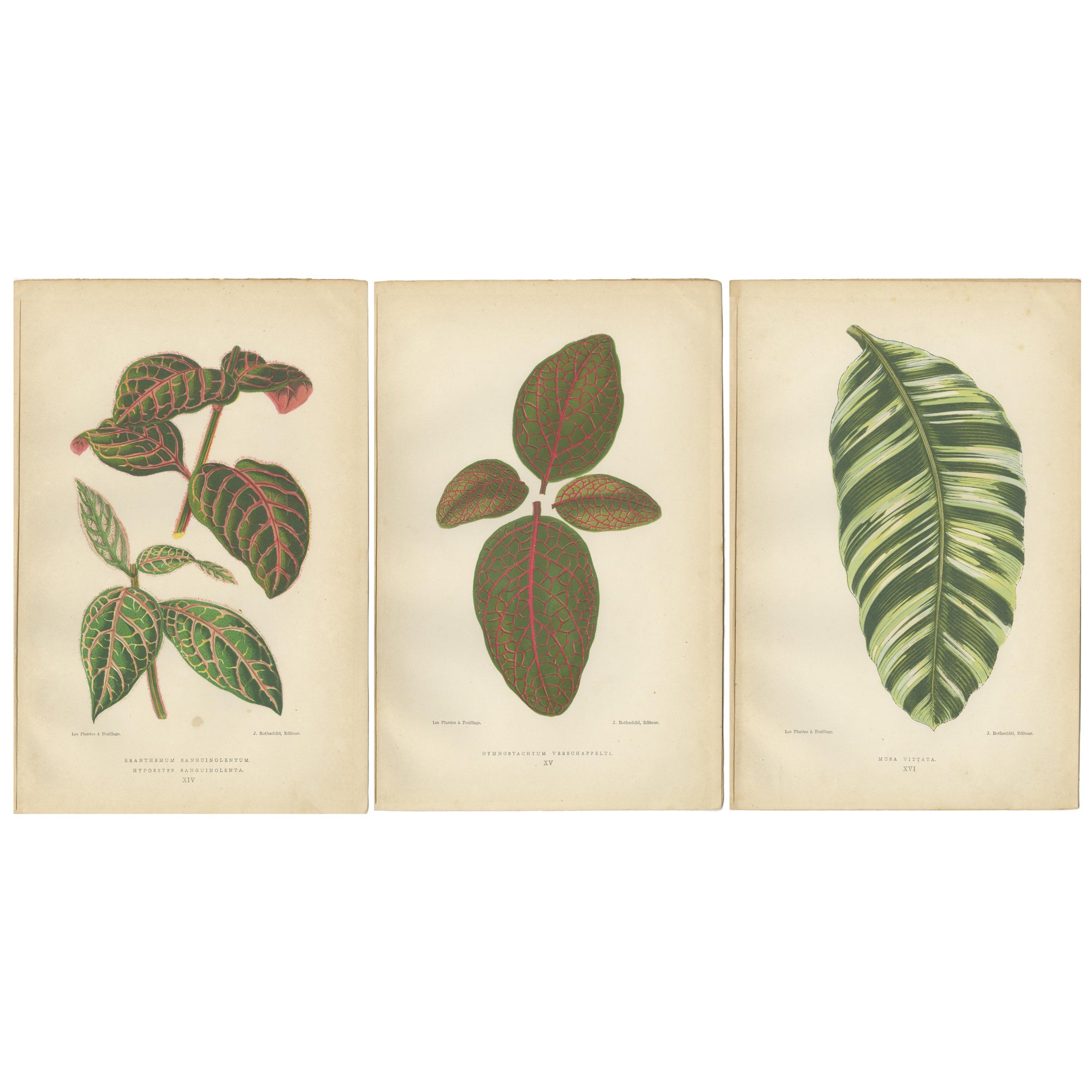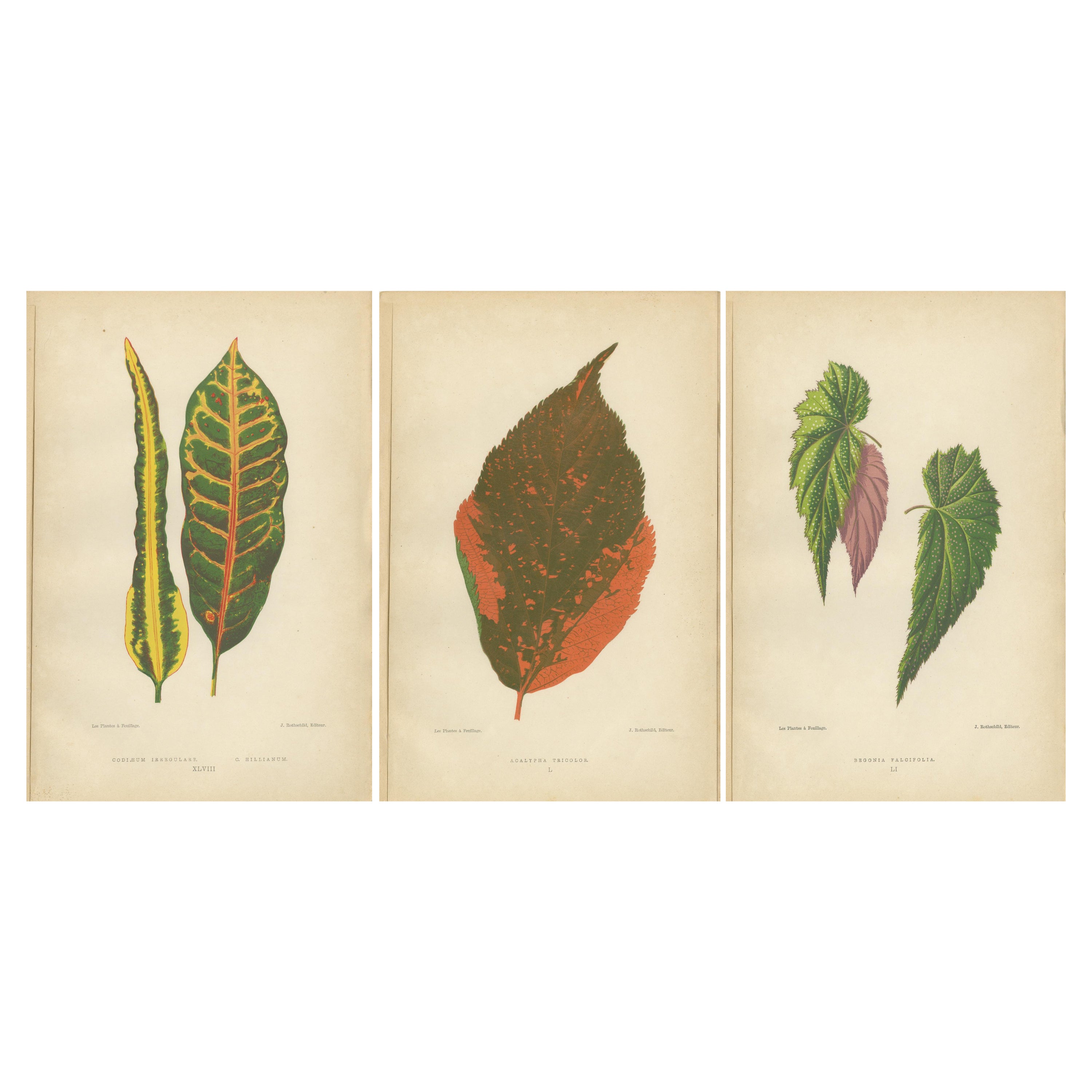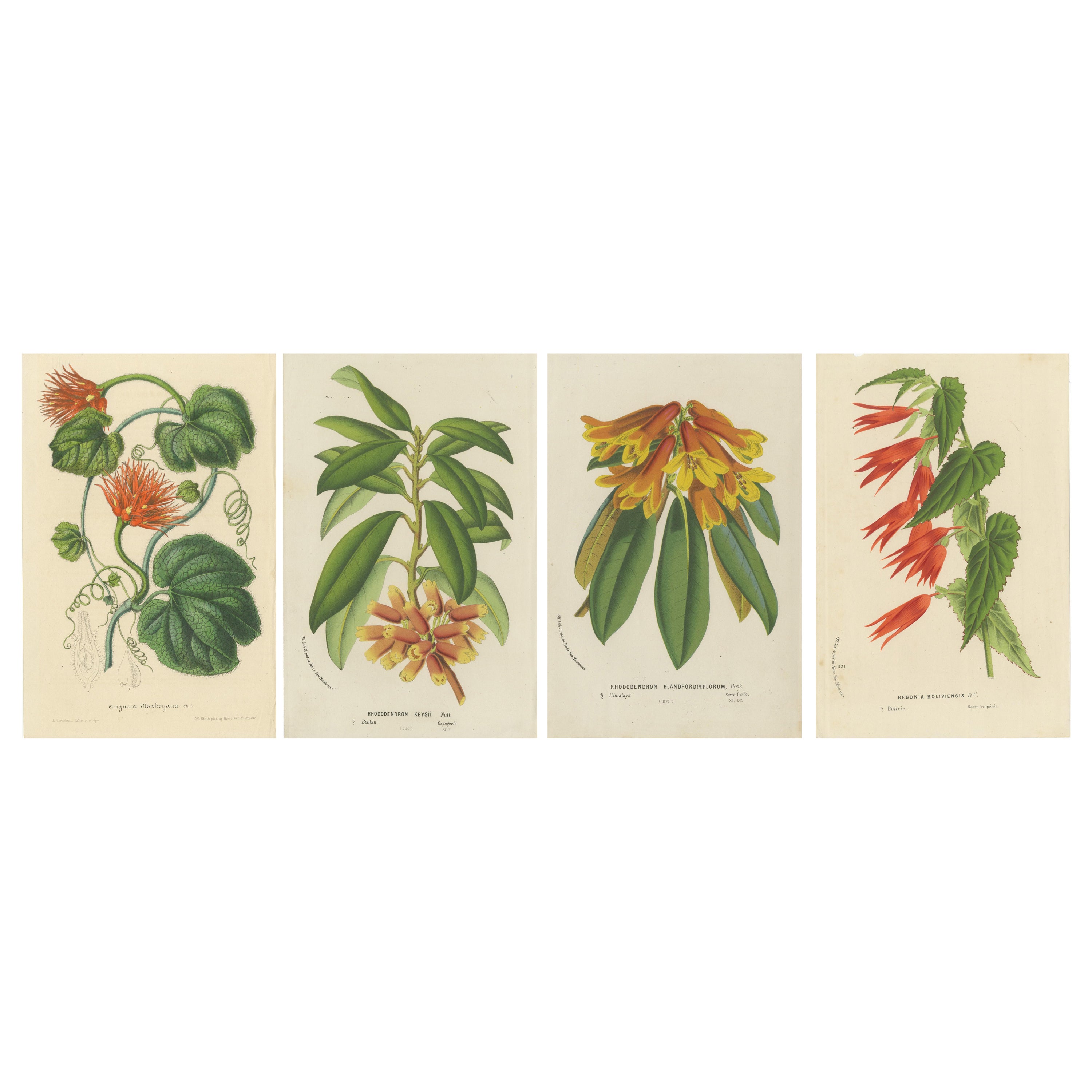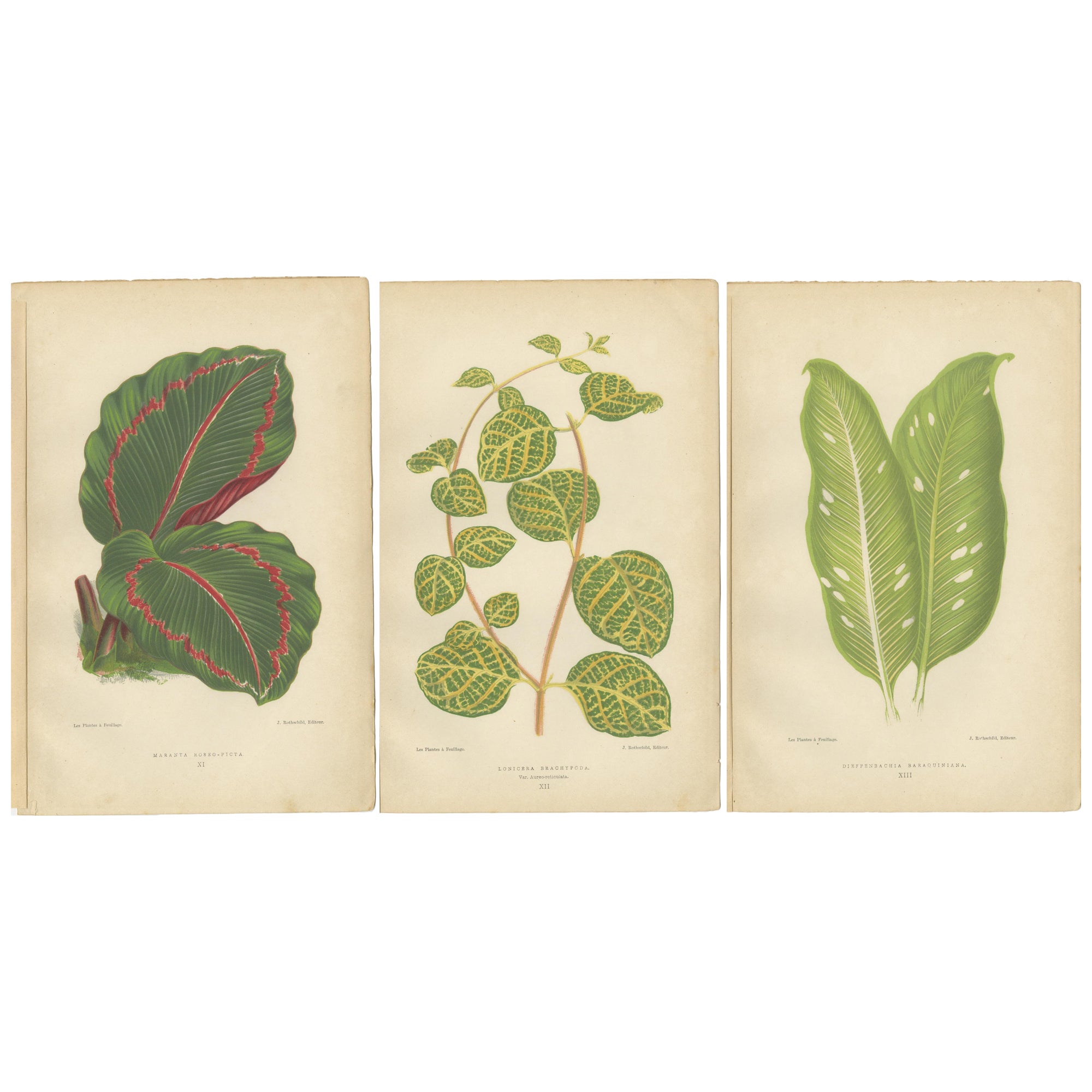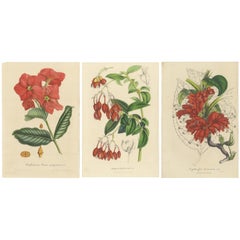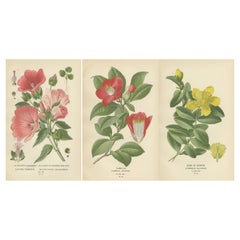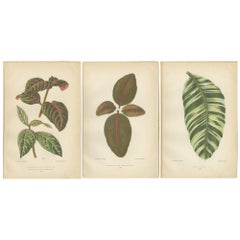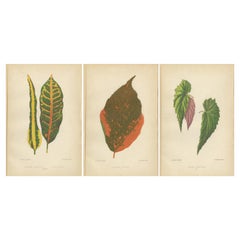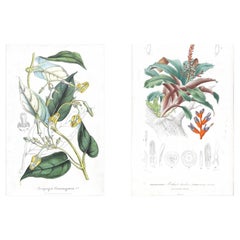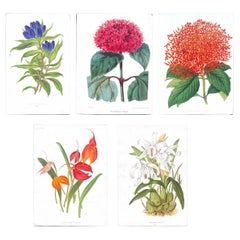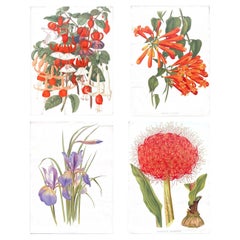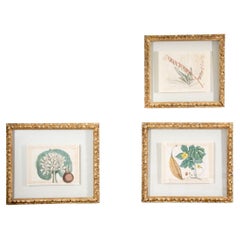Items Similar to Van Houtte's Botanical Elegance: A Trio of Exotic Flora, Published in circa 1875
Want more images or videos?
Request additional images or videos from the seller
1 of 6
Van Houtte's Botanical Elegance: A Trio of Exotic Flora, Published in circa 1875
$276.19
$345.2420% Off
£205.29
£256.6120% Off
€232
€29020% Off
CA$381.34
CA$476.6820% Off
A$422.88
A$528.6020% Off
CHF 222.19
CHF 277.7420% Off
MX$5,166.91
MX$6,458.6420% Off
NOK 2,779.95
NOK 3,474.9320% Off
SEK 2,609.46
SEK 3,261.8220% Off
DKK 1,766.56
DKK 2,208.2020% Off
About the Item
Exotic Flora Trio: Himalayan Aucuba, Japanese Lantern Plant & Brazilian Acanthus
The maker Louis Van Houtte was a highly influential figure in 19th-century horticulture, not only as a nurseryman but also as a publisher of some of the period's most significant botanical literature. Born in Belgium in 1810, he established the Horticultural Establishment at Ghent, which became one of Europe's most prominent and innovative horticultural centers. This nursery was renowned for its vast collection of exotic plants, many of which were introduced to Europe for the first time through Van Houtte’s efforts.
Van Houtte's legacy is perhaps best encapsulated in his editorship and publication of "Flore des Serres et des Jardins de l'Europe" (Flowers of the Greenhouses and Gardens of Europe). This monumental work, published between 1845 and 1883, spans 23 volumes and includes thousands of illustrations. It was aimed at disseminating knowledge about ornamental and exotic plants to a broader audience, making it an essential resource for both professional horticulturists and amateur gardeners.
The illustrations in "Flore des Serres," many of which Van Houtte oversaw personally, are celebrated for their detailed accuracy and stunning beauty. They were produced using the technique of chromolithography, a method that allowed for vibrant color reproductions and was cutting-edge at the time. This process involved applying multiple layers of lithographic prints, each adding a different color to achieve a rich, composite image.
Van Houtte's work contributed significantly to the spread of botanical knowledge during a time when interest in exotic plants was burgeoning. His publications helped to fuel the Victorian era's fascination with plant collecting and the establishment of lavish private and public gardens across Europe and beyond.
His contributions to botany and horticulture remain highly valued, with original prints from his publications still sought after by collectors for their historical value and artistic merit. Van Houtte’s impact extends beyond his death in 1876, as his works continue to be used as references in botanical art and gardening.
About the Prints:
These exquisite prints are examples of the remarkable detail and vibrant colors characteristic of 19th-century botanical illustration. They showcase:
1. Aucuba himalaica ("Himalayan Aucuba"): Known for its striking green leaves and bright orange berries, this plant is native to the Himalayan region.
2. Physalis alkekengi ("Japanese Lantern Plant"): Famous for its distinctive, lantern-like orange pods that encase the fruit, this plant has roots in East Asia.
3. Aphelandra variegata ("Brazilian Acanthus"): This South American native is admired for its vivid, variegated leaves and bright flower spikes.
These illustrations likely stem from the mid to late 19th century, aligning with the era of intense botanical exploration and documentation. Their clarity, attention to detail, and aesthetic appeal underscore their purpose not just as scientific records but as works of art meant to educate and fascinate a growing audience of botanical enthusiasts and gardeners across Europe.
The use of chromolithography, a method for making multi-color prints, in these illustrations allowed for the precise replication of the natural colors of the plants, enhancing both their scientific value and their visual appeal. Such works played a crucial role in disseminating knowledge about exotic plants to a wider audience, contributing to the popularity of horticulture and the cultivation of new species in European gardens.
- Dimensions:Height: 9.85 in (25 cm)Width: 6.42 in (16.3 cm)Depth: 0 in (0.02 mm)
- Materials and Techniques:
- Period:
- Date of Manufacture:Circa 1875
- Condition:Condition: Good, given age. General age-related toning and/or occasional minor defects from handling. Colors are vivid. Please study scan carefully.
- Seller Location:Langweer, NL
- Reference Number:Seller: BG-13761-73 and BG-13761-74, BG-13761-751stDibs: LU3054341439302
About the Seller
5.0
Recognized Seller
These prestigious sellers are industry leaders and represent the highest echelon for item quality and design.
Platinum Seller
Premium sellers with a 4.7+ rating and 24-hour response times
Established in 2009
1stDibs seller since 2017
2,609 sales on 1stDibs
Typical response time: <1 hour
- ShippingRetrieving quote...Shipping from: Langweer, Netherlands
- Return Policy
Authenticity Guarantee
In the unlikely event there’s an issue with an item’s authenticity, contact us within 1 year for a full refund. DetailsMoney-Back Guarantee
If your item is not as described, is damaged in transit, or does not arrive, contact us within 7 days for a full refund. Details24-Hour Cancellation
You have a 24-hour grace period in which to reconsider your purchase, with no questions asked.Vetted Professional Sellers
Our world-class sellers must adhere to strict standards for service and quality, maintaining the integrity of our listings.Price-Match Guarantee
If you find that a seller listed the same item for a lower price elsewhere, we’ll match it.Trusted Global Delivery
Our best-in-class carrier network provides specialized shipping options worldwide, including custom delivery.More From This Seller
View AllExquisite Botanical Illustrations from Curtis’s Botanical Magazine (1847)
Located in Langweer, NL
These beautiful hand-colored botanical illustrations, drawn and lithographed by the renowned artist Walter Hood Fitch, were featured in Sir William Jackson Hooker's *"Curtis's Botanical Magazine,"* published in London in 1847. Fitch was one of the most prolific and skilled botanical illustrators of the 19th century, known for his ability to capture the intricate details and vibrant hues of the plants he depicted.
Sir William Jackson Hooker, a famous British botanist and the director of the Royal Botanic Gardens, Kew, commissioned these illustrations as part of his work to document newly discovered plants from around the world. The *Curtis’s Botanical Magazine* has been published since 1787 and remains one of the longest-running botanical periodicals.
Detailed Descriptions of Each Plant
#### 1. **Dipladenia Rosa-campestris** (*Hortul. ex Veitch*)
- **English Name**: Rose Dipladenia
- **Description**: This illustration showcases *Dipladenia rosa-campestris*, a striking flowering plant known for its showy pink to deep red trumpet-shaped flowers. Native to tropical regions of South America, particularly Brazil, *Dipladenia* belongs to the family Apocynaceae and is prized in horticulture for its vibrant blooms and ability to climb. Fitch's illustration emphasizes the waxy leaves and the vivid color of the petals, bringing the plant to life on the page.
#### 2. **Begonia fuchsioides** (*Hook.*)
- **English Name**: Fuchsia-flowered Begonia
- **Description**: The *Begonia fuchsioides* is depicted with its characteristic red, pendulous flowers, which closely resemble the blooms of fuchsia plants. This species of Begonia is native to tropical regions and is popular for its delicate, bell-shaped flowers and glossy leaves. Fitch’s attention to the arrangement of the leaves and the contrast between the flowers' vibrant red and the soft green leaves provides a lifelike representation of this exotic plant.
#### 3. **Agalmyla staminea** (*Blume*)
- **English Name**: Staminate Agalmyla
- **Description**: This illustration captures the unique red tubular flowers of *Agalmyla staminea*, a plant native to Southeast Asia. The species is part of the Gesneriaceae family and is known for its bright, showy flowers that grow in dense clusters. Fitch’s careful rendering of the plant’s leaves and the intricate veining, along with the vibrant red flowers, highlights his talent for bringing the botanical subject to life with both scientific accuracy and artistic flair.
### About the Makers
#### **Walter Hood Fitch** (Artist and Lithographer)
Walter Hood Fitch (1817–1892) was one of the most influential botanical artists of the 19th century, working primarily with Sir William Hooker and later his son, Joseph Dalton Hooker, at Kew Gardens. He produced thousands of illustrations for various botanical publications, including *Curtis’s Botanical Magazine*, where he was responsible for the majority of its plates from 1834 to 1877. Fitch’s mastery of lithography allowed him to create richly detailed and accurate depictions of plants, with a particular talent for illustrating both the botanical structure and the vibrant colors of flowers.
#### **Sir William Jackson Hooker** (Director and Editor)
Sir William Jackson Hooker (1785–1865) was a prominent British botanist and the director of the Royal Botanic Gardens, Kew. Under his leadership, Kew Gardens expanded its collection of plants from around the world, and Hooker was instrumental in promoting the scientific study and illustration of these species. As the editor of *Curtis’s Botanical Magazine*, Hooker collaborated with Fitch to document and share the beauty and diversity of plants with the scientific community and the public.
### The Lithographic Technique
Lithography, particularly chromolithography, was a crucial innovation in botanical illustration. Fitch was skilled in the traditional method of lithography, where an image was drawn onto a stone plate with a greasy substance and then inked for printing. Hand-coloring was often applied afterward to bring the prints to life, as seen in these illustrations. This method allowed for highly detailed, accurate representations of plants and their botanical features, making it invaluable for both scientific study and aesthetic appreciation.
### Conclusion
These prints from *Curtis’s Botanical Magazine* reflect the height of botanical art in the mid-19th century. The combination of Walter Fitch...
Category
Antique 1840s Prints
Materials
Paper
$409 Sale Price / set
20% Off
Botanical Elegance: A Triptych of 19th-Century Floral Art, 1896
Located in Langweer, NL
"Botanical Elegance: A Triptych of 19th-Century Floral Art"
An exquisite collection of original antique prints from "Favourite Flowers of Garden and Greenhouse" by the esteemed bot...
Category
Antique 1890s Prints
Materials
Paper
$323 Sale Price / set
20% Off
Free Shipping
Botanical Elegance: Masterpieces of Victorian Horticulture, Published in 1880
Located in Langweer, NL
The decorative original antique prints are the second volume of "Les Plantes à Feuillage Coloré", published in Paris in 1880 by J. Rothschild, editor. These images are finely detaile...
Category
Antique 1880s Prints
Materials
Paper
$228 Sale Price / set
20% Off
Free Shipping
Botanical Elegance: A Trio of Antique Foliar Portraits, Published in 1880
Located in Langweer, NL
These prints are exquisite examples of 19th-century botanical illustration, showcasing the vivid and diverse foliage patterns found in plants. They are from "Les Plantes à Feuillage ...
Category
Antique 1880s Prints
Materials
Paper
$228 Sale Price / set
20% Off
Free Shipping
Lush and Vibrant: A Collection of Exotic Botanical Illustrations, circa 1875
Located in Langweer, NL
The prints depict a selection of exotic plants with a remarkable detail and vibrant color, showcasing the beauty and diversity of botanical life. Each illustration is a testament to ...
Category
Antique 1870s Prints
Materials
Paper
$390 Sale Price / set
20% Off
Vibrant Elegance: Botanical Illustrations of Foliage from 1880 Paris
Located in Langweer, NL
Decorative original antique botanical illustrations from "Les Plantes à Feuillage Coloré," published in 1880 in Paris with J. Rothschild as the editor. Each illustration depicts a different plant, characterized by its unique and colorful foliage, which was a common theme of interest during that period, especially among botanists and plant enthusiasts.
1. The first illustration shows "Maranta roseo-picta," commonly known as the Red-veined Prayer Plant...
Category
Antique 1880s Prints
Materials
Paper
$228 Sale Price / set
20% Off
Free Shipping
You May Also Like
Set of Two Rare Botanical Engravings by D’Orbigny — 1849
Located in Fukuoka, JP
Set of Two Rare Botanical Engravings by D’Orbigny — Dictionnaire Universel d’Histoire Naturelle, Paris, 1849
An exquisite pair of original hand-colored botanical engravings from the...
Category
Antique 19th Century French Prints
Materials
Paper
Bignonia venusta – Antique Botanical Chromolithograph, 1880s
Located in Fukuoka, JP
A striking original botanical print from the 1880s, featuring Bignonia venusta, also known as flame vine or orange trumpet vine. This brilliantly colored illustration captures the dr...
Category
Antique 19th Century French Prints
Materials
Paper
Original 1880s Botanical Print of Hæmanthus Kalbreyeri — Vibrant Antique Chromol
Located in Fukuoka, JP
A striking original chromolithograph from the 1880s, this botanical print features the dramatic Hæmanthus kalbreyeri, also known as the blood lily. Characterized by its intense red s...
Category
Antique 19th Century French Prints
Materials
Paper
Group of Three Antique Custom Framed Botanical Prints
Located in Bridgeport, CT
A group of three Antique Botanical Prints custom framed with an interesting floating effect. The sculpted frames have an antique Creme paint finish and relate well to the muted Musta...
Category
20th Century High Victorian Decorative Art
Materials
Wood, Paper
Pair of Original Vintage Botanical Prints, circa 1900
Located in St Annes, Lancashire
Great images of medicinal plants
Unframed.
Published, circa 1900.
Free shipping
Category
Antique Early 1900s English Edwardian Prints
Materials
Paper
1850 12 Hand Coloured Botanical Plates From the American Practice of Medicine
Located in Lowestoft, GB
A collection of 12 mid-19th century hand colured engravings of botanical specimens from the American Practice of Medicine, 1850
Each has been professionally mounted and framed in a ...
Category
Antique Mid-19th Century American Victorian Decorative Art
Materials
Paper
